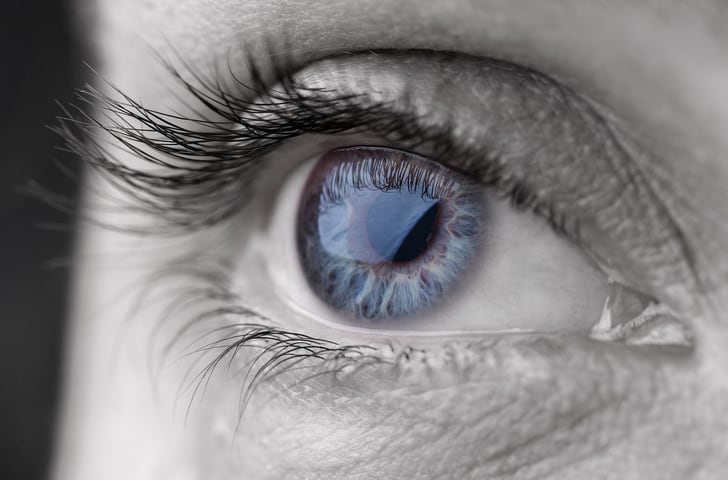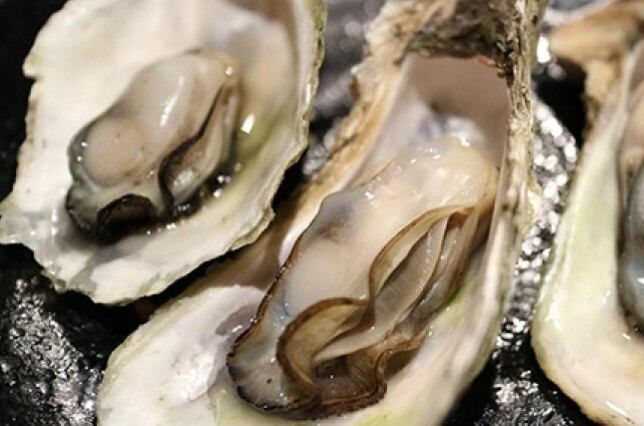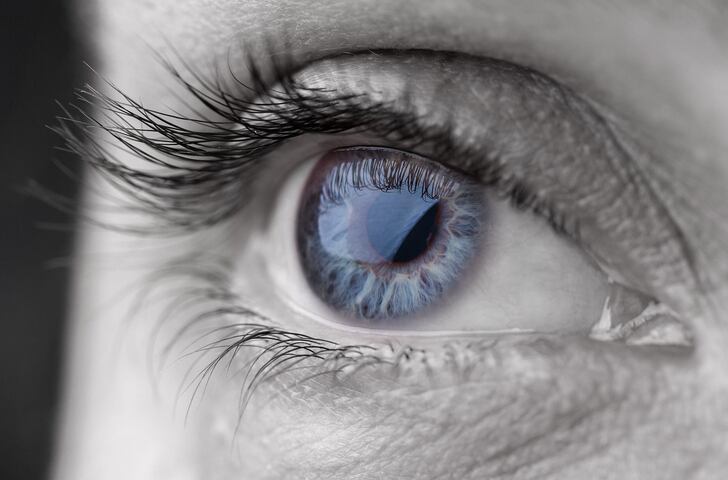According to the World Health Organisation, at least 2.2 billion people globally have vision impairments or blindness.
Some lipophilic bioactives are effective at preventing common ocular diseases. Among them, β-carotene has gained much attention for its high provitamin A activity, and lutein and zeaxanthin are capable of preventing macular degeneration and cataracts, and have a filtering effect on harmful blue light. Also, fish oil is a rich source of omega-3 fatty acids and is effective in the treatment of dry eye disease and AMD.
But the inherent chemical reactivities of these lipophilic compounds make them sensitive to oxygen, light, and heat, which greatly limit their applications.
Microencapsulation is a feasible approach to preserve these bioactive compounds and there are many techniques available. Two-fluid nozzle spray drying (SD) and freeze-drying (FD) have been widely applied in the microencapsulation of lipophilic bioactives while microfluidic-jet spray drying (MFJSD) is a relatively novel technique that produces monodisperse microparticles.
At present, the studies on bioactive encapsulation by MFJSD are quite limited, and none of them have reported on the co-encapsulation of carotenoids and fish oil, according to the authors of the current study.
This study therefore aimed to understand the effects of the three processes on the properties, storage stability, and digestibility of microcapsules containing carotenoids (β-carotene, lutein, zeaxanthin, from DSM Nutritional Products), and fish oil (Incromega TG3322, from Croda International).
This is the first study on a systematic comparison among the MFJSD, SD, and FD, regarding their feasibility and efficiency in co-encapsulating carotenoids and fish oil.
Whey protein isolate (WPI) and octenylsuccinic anhydride (OSA) modified starch were used as wall matrices for encapsulating the ingredients.
Resulting data showed the MFJSD microcapsules presented uniform particle size and regular morphological characteristics, while the SD and FD microcapsules presented a large distribution of particle size and irregular morphological characteristics.
Compared to the SD and FD, the MFJSD microcapsules possessed higher microencapsulation efficiency (94.0–95.1%), higher tapped density (0.373–0.652 g/cm3), and higher flowability (the Carr index of 16.0–30.0%).
After a four week storage, the SD microcapsules showed lower retention of carotenoids, as well as omega-3 fatty acids as compared to FD and MFJSD.
After an in vitro digestion trial, the differences in the digestion behaviours of the microcapsules mainly resulted from the different wall materials, independent of drying methods.
The study concludes: "This study has systematically investigated the co-encapsulation of carotenoids and fish oil by the MFJSD with comparison to the other two commonly used microencapsulation techniques.
"The results showed the feasibility of the application of the MFJSD for the encapsulation of lipophilic bioactives. It also provided important information on how different atomization mechanisms and drying techniques affect the properties of the final microcapsules."
Microencapsulation methods
The two-fluid nozzle spray dryer (SD) method produces polydisperse droplets and dehydrates the fine droplets by hot air, while freeze-drying (FD) is a drying technique which removes water from heat-sensitive materials at low temperature.
The microfluidic-jet spray drying (MFJSD) technique produces monodisperse microparticles with narrow size distribution and uniform morphology. MFJSD is equipped with a monodisperse droplet generator, which is capable of atomising the feed solution into monodispersed droplets with a vertical droplet trajectory.
Each individual droplet can be ensured of an identical drying history and so the variability of droplet size can be minimised. The application of MFJSD can reduce the complexity of spray-dried droplets and decrease the possibility of powder agglomeration to improve the flowability of dried particles.
Source: Foods
Zhu. Y., Peng. Y., Wen. J., and Quek. S. Y.
"A Comparison of Microfluidic-Jet Spray Drying, Two-Fluid Nozzle Spray Drying, and Freeze-Drying for Co-Encapsulating β-Carotene, Lutein, Zeaxanthin, and Fish Oil"




